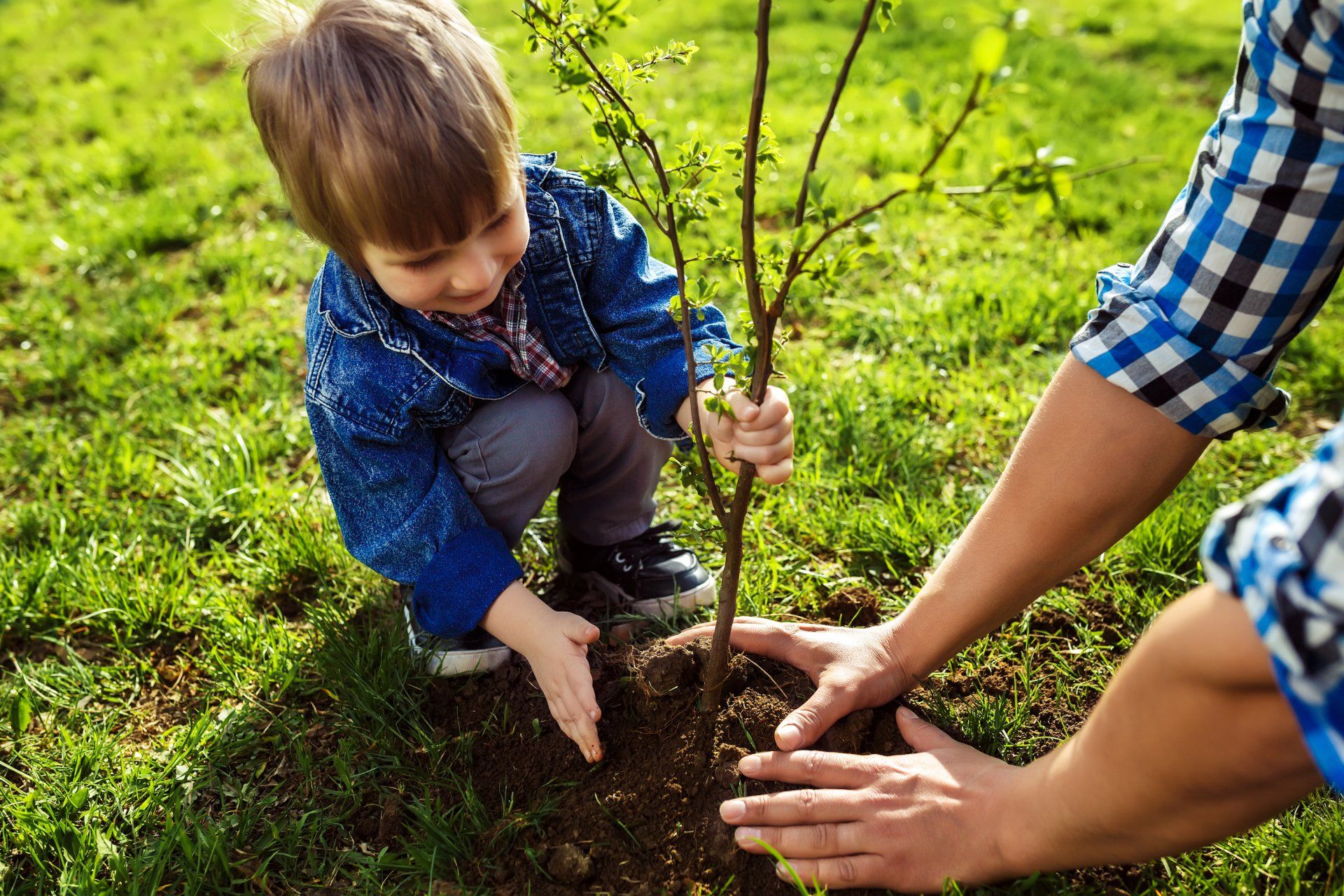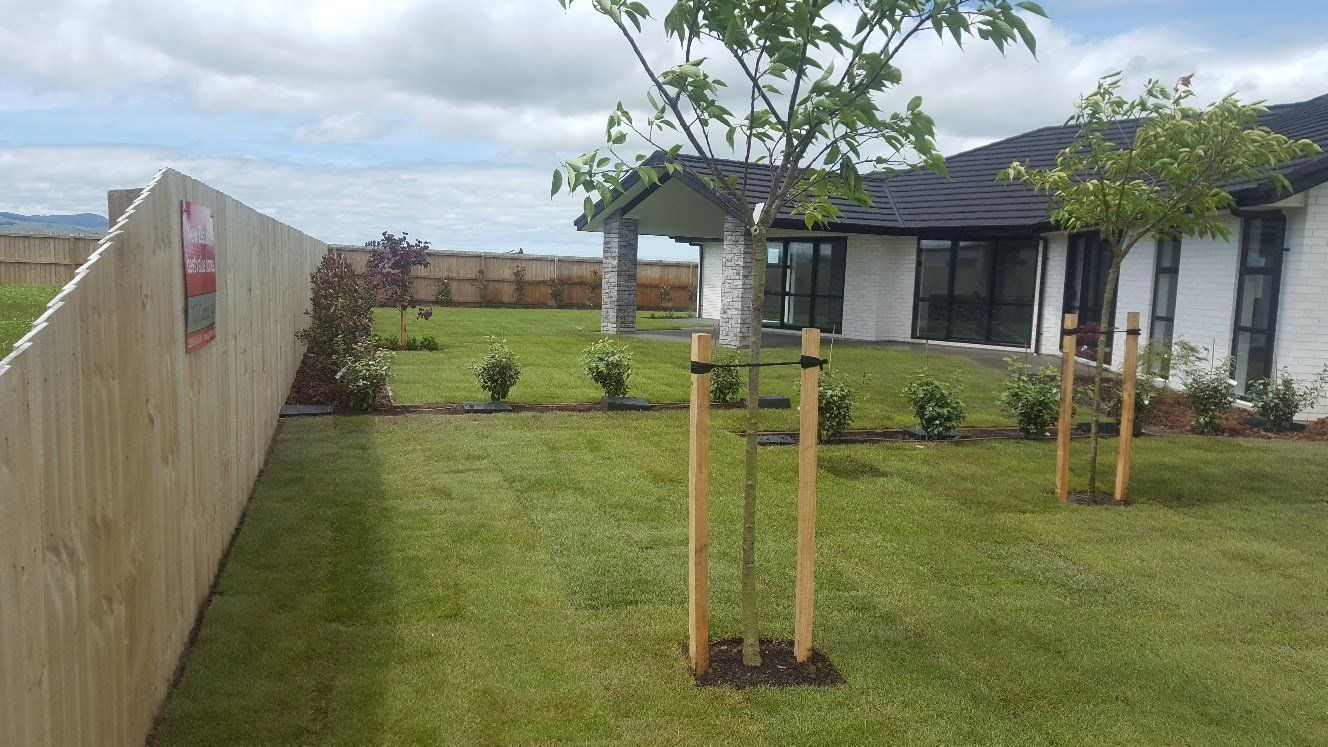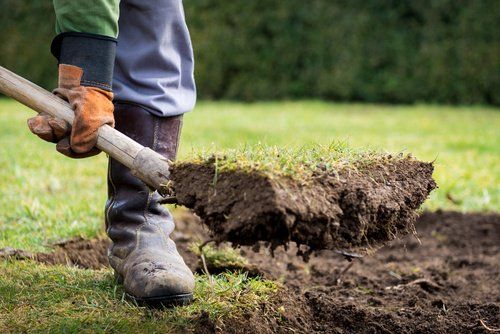By Allwood Trees
•
24 Feb, 2019
Water is the most important element of care. Too much or too little water after planting may cause plant loss. Try to water early morning or early evening so that the plants receive most of the water and to reduce water evaporation on hot days. The site should be thoroughly watered after planting, even in winter. Ensure the root ball and surrounding soil is moist. Monitor the soil; if rainfall is inadequate, deeply water the soil around the tree by leaving the hose trickling for up to 2 hours (or longer if required), on a regular basis. After planting, the tree should still be watered on a regular basis till it is established. Water your tree every day for the first few days, then twice a week, then once a week, with about a bucket full (20 litre) of water each time. It can take up to six months for a tree to become established and during this time you will need to monitor it. Most trees will let you know when they need watering - the leaves will wilt or lose their sheen etc. If you are unsure whether you need to water, dig a small hole near the roots to inspect the moisture level. Slow trickle watering is recommended to ensure the whole root ball gets water. Refrain from watering deciduous trees as soon as the leaves start dropping in autumn and cease during whole dormant period. Resume during spring when buds start to burst. Do not over water your tree. It is just as bad to over water as to under water. If tree roots are water logged for sustained periods, they rot and therefore, cannot support the leaf matter in the tree canopy. (Your tree may need watering a little less often if spring is wet). On a hot day one square metre of bare soil can lose up to 2 litres of water. Cover the root zone area with 75mm to 100mm of either bark mulch or pea straw (don't use lawn clippings). This will assist with water retention and also reduce weeds. No fertiliser or manure is to be mixed with the soil at planting, as this may cause root damage. Apply fertiliser to the soil surface and water in. Use compost instead of manure. Al!wood Trees recommends Nitrophoska Blue as an all purpose fertiliser. Yates also produces the "Thrive" range of garden fertilisers that are excellent for a range of trees and shrubs. Staking is essential. Drive two stakes into the ground close to the tree but avoiding the root ball. Secure tree firmly using tree tie. Stakes and ties should be left holding tree for up to two years after planting until roots are established. Ties should be checked regularly during growing season to ensure they are not cutting into the tree. Do not, unless advised by Al!wood staff, build the soil higher up the stem than it was in the original container. To do so can cause damage to the tree. If you have any concerns in regard to your tree's health, please call to make an appointment with a member of the staff. Please note this only applies in the first season of growth.





